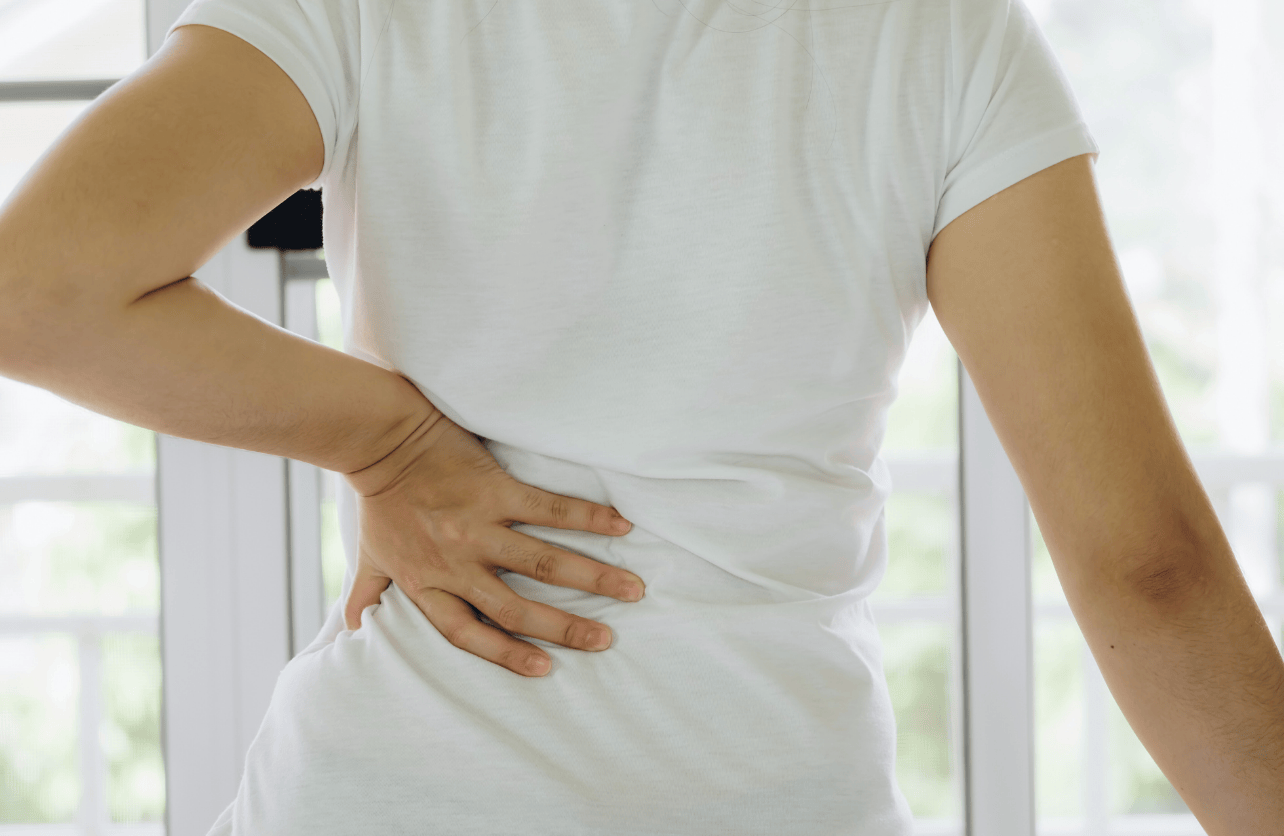How to Safely Pop Your Lower Back and Relieve Tension

If your lower back feels stiff, compressed, or simply “off,” you’ve probably felt the urge to stretch it until it “pops.” That familiar cracking sensation—technically called cavitation—is caused by gas releasing from the joints and can bring immediate relief. While not a cure for chronic issues, gentle spinal movements can temporarily ease pressure and restore a sense of mobility when done safely.
Before you twist yourself into a pretzel, it’s important to understand how to pop your lower back properly, when it’s helpful, and when to leave it alone. Here’s a comprehensive guide to doing it right.
What Does It Mean to “Pop” Your Back?
The pop or crack you hear when moving your spine is usually caused by tiny gas bubbles in the synovial fluid escaping from the facet joints. It’s the same process as cracking your knuckles. For most people, it’s harmless and can feel satisfying, particularly when your back feels tight. That said, trying to force your spine to pop can lead to injury, especially if done too aggressively or with poor form.
So the goal here isn’t cracking for the sake of sound—it’s relieving stiffness and restoring natural motion.
Safe Techniques to Ease Lower Back Tension
These simple, bodyweight movements can help decompress your spine and gently encourage a pop. Even if your back doesn’t crack, the stretches themselves are effective in reducing tightness.
1. Seated Spinal Twist
This classic twist is gentle and works well if you’ve been sitting for hours.
Sit upright on a firm chair with both feet flat on the floor.
Place your left hand on your right thigh and your right hand on the back of the chair.
Slowly rotate your torso to the right, guiding the twist with your hands—not by yanking.
Hold for 15 seconds and breathe deeply.
Repeat on the other side.
A gentle pop may occur near the lower spine, but the primary goal is rotation and release.
2. Supine Knee Drop (Trunk Rotation)
This stretch targets the lumbar spine and can help release tension built up from poor posture or tight hips.
Lie on your back with knees bent and feet flat on the floor.
Extend your arms to the sides for stability.
Let both knees fall slowly to one side while keeping your shoulders grounded.
You should feel a gentle twist in your lower back. Hold for 20 seconds.
Bring your knees back to center and repeat on the other side.
If you hear a pop during this stretch, it’s likely your lumbar vertebrae adjusting slightly—a sign of decompression.
3. Knee-to-Chest Stretch
This movement encourages gentle spinal flexion and is excellent for decompressing the lower back.
Lie flat on your back with legs extended.
Pull one knee up toward your chest and hug it with both hands.
Hold for 30 seconds, keeping your shoulders relaxed.
Switch legs, or bring both knees up together for a deeper stretch.
This one may not result in a pop every time, but it reliably reduces lower back stiffness.
4. Cat-Cow Stretch
This yoga-inspired movement increases spine flexibility and warms up the surrounding muscles.
Start in a tabletop position on your hands and knees.
Inhale and arch your back, tilting your pelvis up (Cow Pose).
Exhale and round your spine, drawing your belly in and tucking your tailbone (Cat Pose).
Move slowly between the two for 30 to 60 seconds.
This flow promotes healthy spinal motion and can help prevent lower back tightness over time.
A Few Things You Should Not Do
Don’t force a pop. It’s best not to keep twisting or applying excessive pressure if it doesn’t happen naturally.
Don’t self-adjust daily. Overdoing spinal adjustments—even gentle ones—can lead to ligament laxity and instability.
Avoid jerking movements. Fast or explosive motions increase your risk of straining muscles or irritating discs.
When to Skip Self-Adjustments
Popping your own back is generally safe for healthy people, but if you experience any of the following, it’s better to consult a professional:
Persistent or sharp lower back pain
Radiating pain into the legs (sciatica)
Numbness, tingling, or weakness
A recent back injury or surgery
Known disc issues, arthritis, or scoliosis
A chiropractor or physical therapist can safely assess and address the underlying cause in these cases.
Final Thoughts
While the occasional pop in your lower back can be satisfying and even relieving, the true value of these movements lies in how they restore motion and reduce tightness. Think of popping as a potential side effect, not the main goal. Regularly performing gentle stretches, maintaining good posture, and strengthening your core will go much further toward long-term spinal health.
Trustworthy Insights for You
With years of combined expertise in online publishing, OvertimeReviews embodies the lessons learned from SEO strategies to paid advertising experiences. We've navigated the highs and lows, and our goal remains clear: to equip readers with comprehensive information they can trust.
